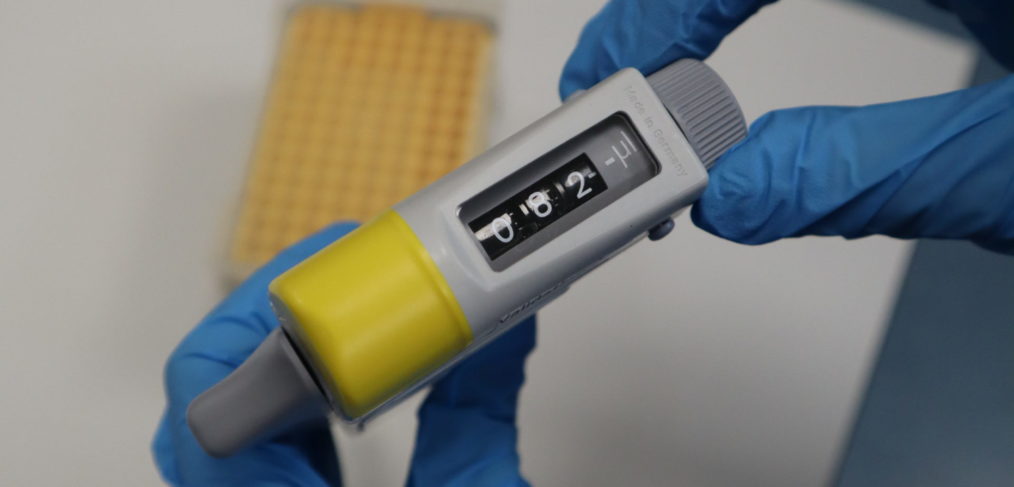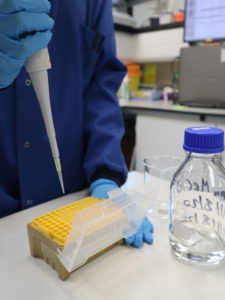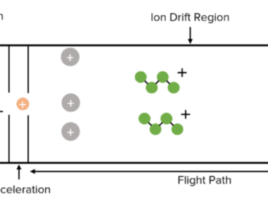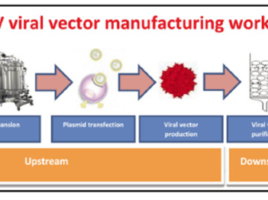
8 Tips to Improve Your Pipetting Skills
When it comes to pipetting, like with most scientific procedures, precision is essential. A minor error can have a significant impact on your results. In this post, we will share 8 tips that will help you improve your pipetting skills.
- Pre-wet the pipette tip
Before aspirating for delivery, aspirate and totally expel a quantity of the liquid at least three times. Pre-wetting reduces evaporation in the tip air space.
2. Work at temperature equilibrium
Allow for equilibration of liquids and equipment at room temperature before pipetting. Pipetted volume is less likely to vary when working at a steady temperature.
3. Examine the tip both before and after the sample is dispensed.
Remove any droplets on the outside of the tip by drawing it up the inside edge of the bottle post aspiration or with a lint-free cloth before dispensing, making sure to remain away from the tip opening to avoid wicking liquid out.
4. Following aspiration, maintain a continuous pause.
Pause for one to five seconds (depending on volume), after aspirating and before removing the tip from the liquid.
5. Removing the pipette.
Hold the pipette upright and pull straight out of the sample when aspirating. When pipetting small amounts, this approach is very critical. The volume aspirated is changed by holding the pipette at an angle while it is taken from the liquid.
6. Reduce the amount of time the pipette and tip are handled.
Handle pipette tips and liquid-to-be-pipetted vials with care. Temperature balance is disrupted by body heat transferred during handling, resulting in changes in delivered volume.
7. Submerge the tip to the required depth.
Inadequate immersion, especially with high volume pipettes, can result in air aspiration. Liquid can cling to the outside of the tip if you immerse it too much. Aspiration may be limited if the tip makes contact with the container’s bottom.
8. Plunger pressure and speed should be consistent.
Smoothly depress the plunger until it comes to a light and steady stop at the first stop. Immerse the tip in the liquid, then slowly release the plunger.
Precise and accurate pipetting results from constant practice. If you are studying to become a scientist, your pipetting skills must be excellent to get accurate results.
If you’d like to be trained by a professional and improve not only your pipetting skills but other laboratory skills such as the preparation of serial dilutions, proper use of the balance, use of the PLT (pipette leaking system), etc, than you should consider taking our general lab skills training course. This training course can be tailored according to your previous experience. Hence, if you wish to only learn and practice pipetting, we can arrange that for you.
Click here to contact us about our training course.



